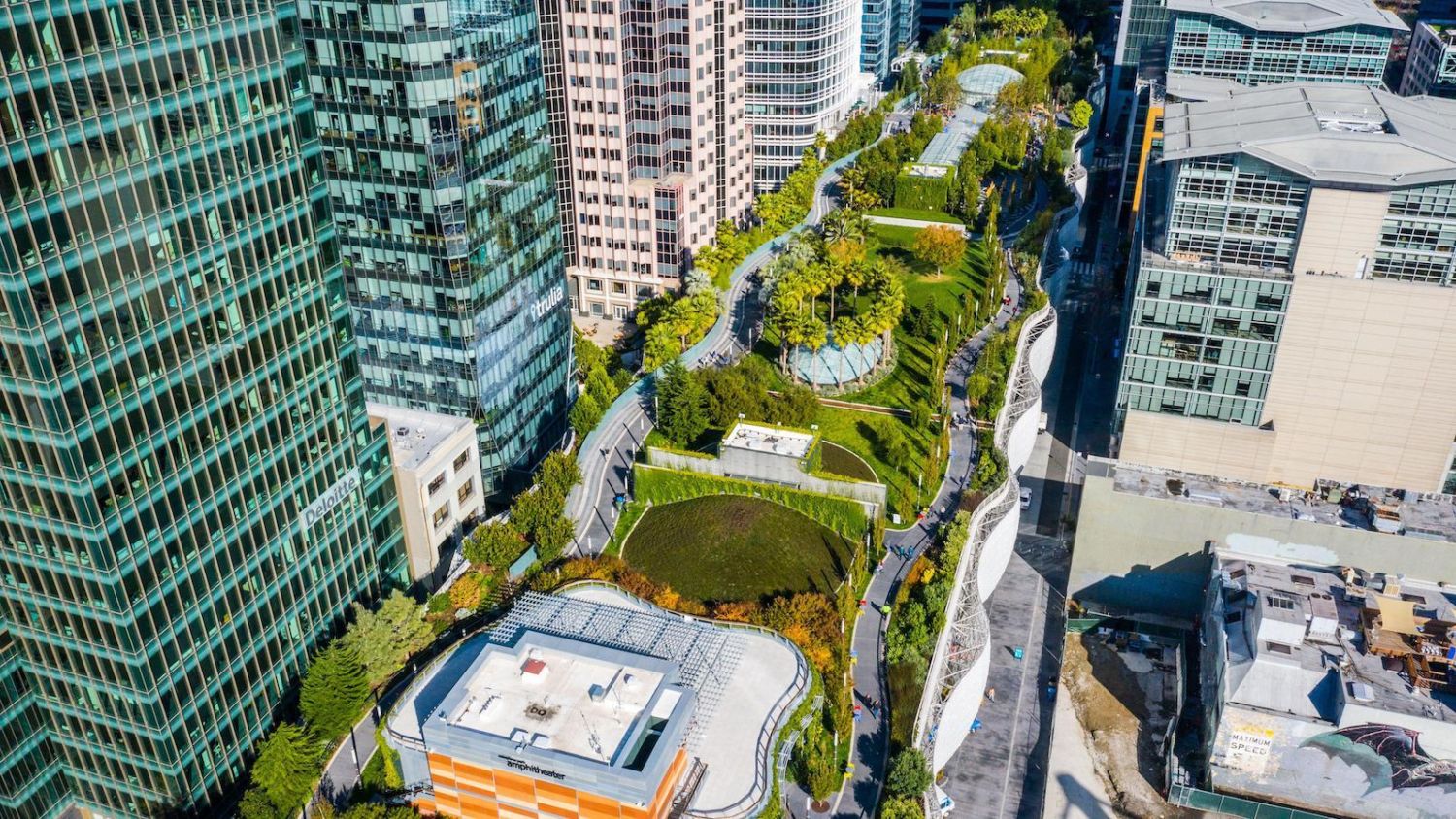Could Neighborhood Reuse Be the Future of Water?
The article "Could Neighborhood Reuse Be the Future of Water?" by Jim Robbins introduces an interesting concept that revolves around the reuse of water. The central idea talks about the new technologies and methods that are making it increasingly feasible to treat and recycle water, ensuring it can be used multiple times. This approach is aimed at reducing the reliance on centralized sources of potable water and making nonpotable water cheaper and more readily available for various purposes.
One of the key developments highlighted in the article is the integration of on-site water recycling plants into both commercial and residential buildings. These plants are designed to clean and treat water, allowing it to be used for nonpotable purposes within the same building. This approach is not only cost-effective but also highly efficient, as it minimizes the need to purchase potable water from external sources. The ultimate goal is to create buildings that are entirely self-sufficient or "water neutral," with water circulating in a closed loop, serving both potable and nonpotable needs.
This innovative approach addresses a crucial issue: the scarcity of water resources. Water is indeed a finite and valuable resource, and the traditional one-way use of water is inefficient and unsustainable. By adopting this closed-loop system, we reduce the demand on centralized water sources and lessen the burden on these critical but often overtaxed systems.
The article also highlights the significant water-saving potential of recycling gray water, which is wastewater from sources like sinks and showers but doesn't contain sewage. Gray water can be repurposed for flushing toilets and washing clothes, effectively reducing the demand for new water by approximately 40 percent. Although there is ongoing research and regulatory considerations regarding the use of recycled water in showers, the potential for additional water savings is evident.
Taking this concept a step further, consider the impact of widespread water reuse in areas affected by droughts and water restrictions, where limitations are placed on the amount of water that households can use based on the number of people. Buildings equipped with water reuse technology could play a pivotal role in alleviating water scarcity in such regions. They could potentially help households meet their water needs while remaining compliant with restrictions, as recycled water could be used for a variety of domestic purposes. In this context, the application of water reuse technologies has the potential to contribute significantly to drought resilience and sustainable water management, ultimately benefiting both the environment and communities in need.


Comments
Post a Comment